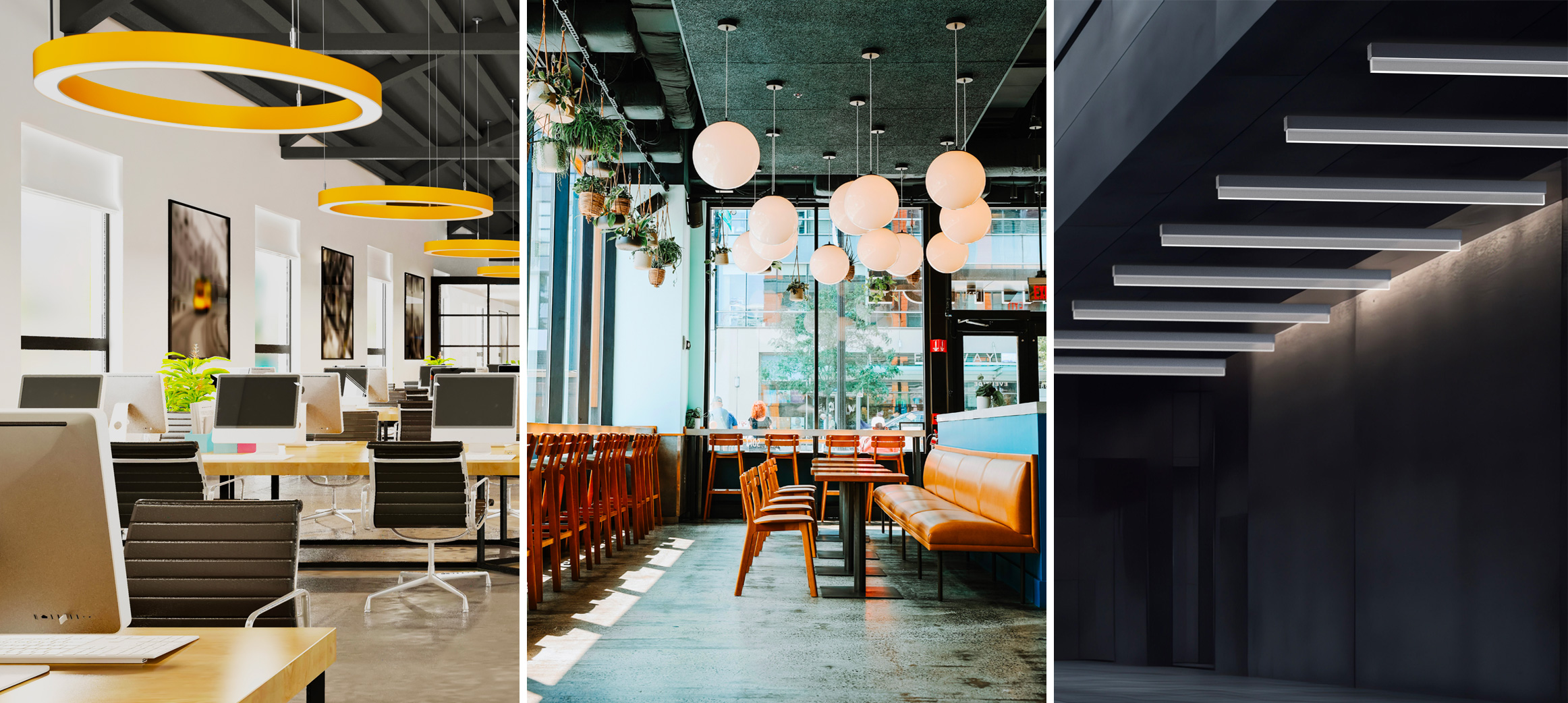In the world of architecture, lighting isn't just about functionality; it's an art form in its own right. The interplay of light and space can transform a mundane structure into a captivating work of art. It's a symphony of design, aesthetics, and practicality, where every beam of light holds the potential to create magic.
Illuminating the Architectural Landscape
Modern architectural lighting is about far more than just brightening a space. It's a tool that architects and designers wield to sculpt the visual narrative of a building. Whether it's a sleek, minimalist structure or a historic landmark, the right lighting can emphasize its features, draw attention to its best angles, and convey its purpose and character.
Highlighting Architectural Features
One of the primary functions of architectural lighting is accentuating key features of a building. Whether it's a soaring cathedral with intricate stained-glass windows or a contemporary office building with striking glass facades, architectural lighting is the artist's brush that paints these structures with light. When done right, the interplay of light and shadow can create breathtaking visual drama.
For instance, consider a modern art gallery with clean lines and a simple design. In this case, architectural lighting might focus on illuminating the artwork to its best advantage, creating a seamless harmony between the space and its contents. On the other hand, a historic building with ornate architectural details might employ lighting to bring out the intricacies of its design, making it a work of art in itself.
Setting the Mood
Architectural lighting is also a powerful mood-setter. The choice of color temperature, brightness, and distribution of light can transform a space from vibrant and energetic to calm and contemplative. It's no surprise that restaurants, hotels, and entertainment venues use lighting to craft specific atmospheres.
For instance, warm, soft lighting can make a restaurant feel intimate and cozy, while cool, bright lighting in a modern office space can promote productivity. In contemporary residential design, architects often incorporate dynamic lighting systems that allow occupants to adjust the lighting according to their mood and activity.
Creating Visual Continuity
Architectural lighting also plays a crucial role in creating visual continuity in a space. It guides the eye, leading occupants from one area to another, defining pathways, and ensuring the flow of a building is intuitive and harmonious.
In large public spaces like airports, architectural lighting is used to guide passengers through terminals, creating a sense of order and calm. In homes, it can be employed to connect open-concept living areas while still providing a sense of distinction between each space. It's like the invisible thread that weaves the narrative of a building together.
Enhancing Safety and Security
Architectural lighting isn't just about aesthetics; it's also about functionality. Properly lit spaces are safer spaces. Lighting can deter criminal activity, guide people to exits in emergencies, and reduce the risk of accidents.
For instance, exterior lighting in public spaces and buildings is vital for safety, deterring potential intruders, and ensuring that people can navigate outdoor areas without risk. Similarly, staircases, hallways, and emergency exits should always be well-lit to minimize accidents.
Sustainability and the Future
As we embrace sustainable practices in architecture and design, architectural lighting is no exception. Modern lighting systems are not only energy-efficient but also capable of adapting to natural light conditions. These advancements contribute to a more sustainable future.
LED lighting, for example, consumes significantly less energy than traditional incandescent or fluorescent lighting. Moreover, lighting controls and sensors can adjust the illumination based on occupancy and available daylight. These innovations not only reduce energy consumption but also extend the lifespan of lighting fixtures, reducing maintenance costs.
Conclusion
Architectural lighting is the invisible artist that paints our built environment with luminescence. It's the thread that weaves together design and function, aesthetics and safety, and art and science. Whether you're an architect, designer, or simply someone who appreciates the beauty of well-lit spaces, it's clear that architectural lighting is not just a component of modern design—it's an art form in its own right.
Stay tuned for the next blog in this series, where we'll delve into "Lighting Up History: Iconic Architectural Lighting Moments in Time."

No Comments.